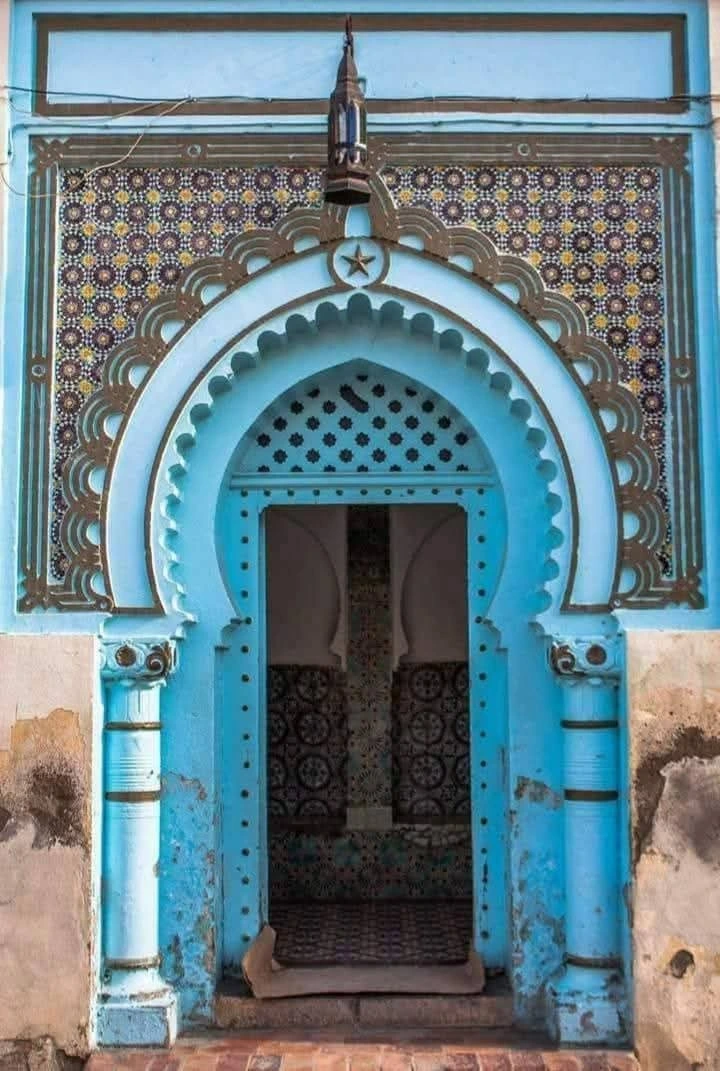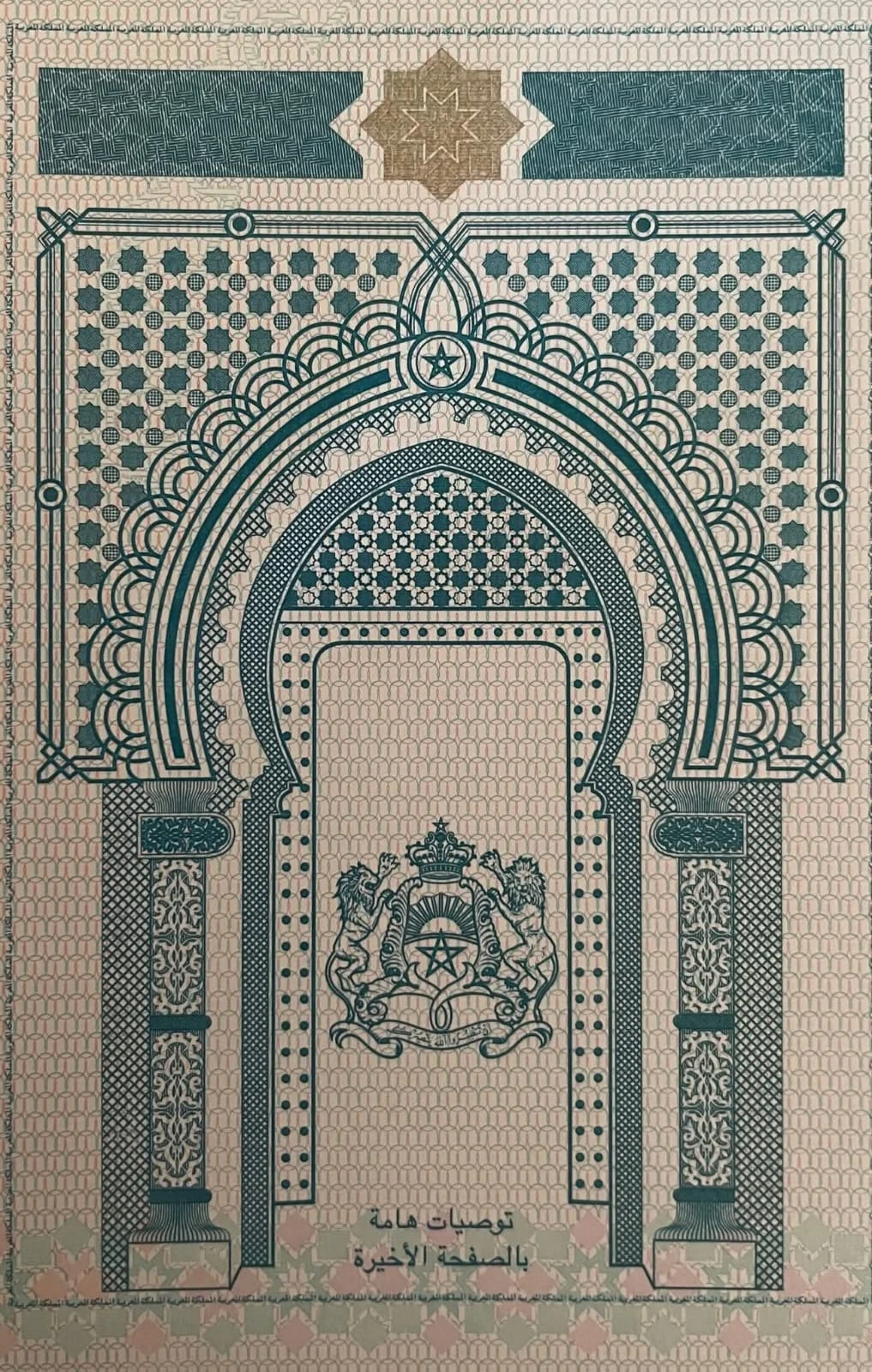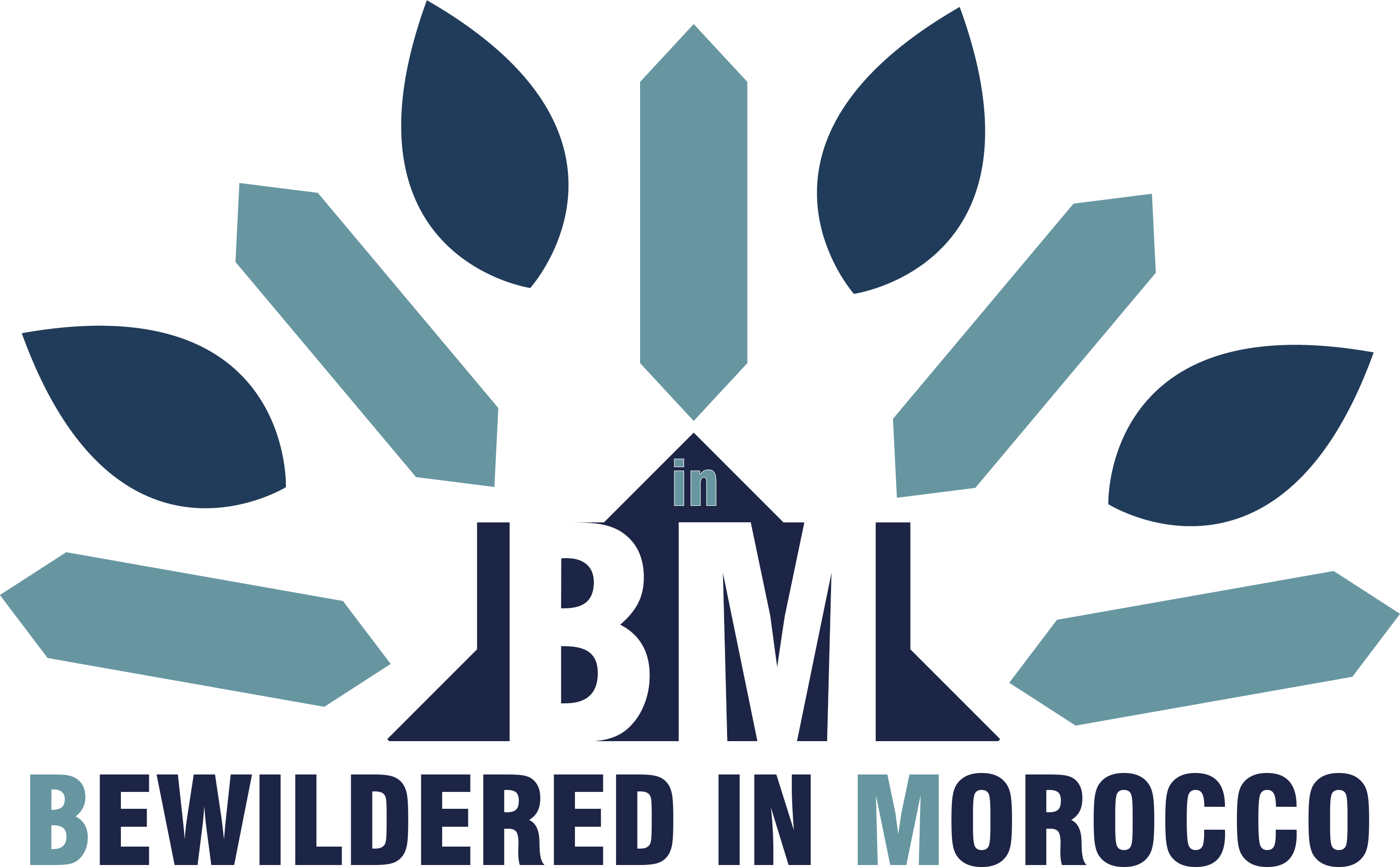Have you ever wondered about the beautiful gate featured on the first page of Morocco's passport? During my wanderings through Oujda's ancient medina, I discovered something incredible—the very same ornate gateway that represents our nation to the world. This is Hammam Al Jarda Oujda, a historic bathhouse that holds centuries of stories within its weathered walls.
Walking through those narrow, winding streets of Oujda's old quarter, I turned a corner and stopped dead in my tracks. There it was—geometric tilework catching the afternoon light, traditional Maghrebi arches standing proud despite the passage of time. The recognition hit me like a wave. This wasn't just any historic building; this was the gate that every Moroccan carries with them wherever they travel.
Oujda: Morocco's Eastern Cultural Treasure

Before we dive into the story of Hammam Al Jarda Oujda, let me paint you a picture of this remarkable city. Oujda isn't just another Moroccan destination—it's the cultural heartbeat of our eastern region, a place where over a thousand years of history pulse through every cobblestone.
Founded more than a millennium ago, Oujda has always been special. It sits at the crossroads between Morocco and the wider world, a gateway where trade routes converged and cultures mingled. The city breathes with an energy that's uniquely its own—part Andalusian elegance, part Maghrebi charm, all authentically Moroccan.
Walking through the medina here feels different from other Moroccan cities. The alleys seem to whisper stories of merchants who once carried goods from the East, of artisans who perfected their crafts behind these ancient walls, of families who have called this place home for generations. And everywhere you turn, there's the sound of rai music drifting from cafés, adding a modern rhythm to this timeless setting.
The Story Behind Hammam Al Jarda Oujda

Now, about that magnificent gate I stumbled upon. Hammam Al Jarda isn't just a pretty façade—it's one of Oujda's oldest traditional bathhouses, a testament to Moroccan architectural mastery and social tradition rolled into one beautiful package.
The name itself tells a story. "Hammam" means bathhouse in Arabic, while "Al Jarda" refers to its specific location within the medina. But this hammam was never just about getting clean. For centuries, it served as something far more precious—a social hub where the entire community came together.
Picture this: generations of Oujda families gathering under these very arches, sharing news of the day while the warm steam worked its magic. Children would accompany their mothers, learning the rituals and traditions that bind communities together. Celebrations were planned here, worries were shared and lightened, friendships were forged in the humid warmth of these ancient chambers.
The gate itself is a masterpiece of Moroccan craftsmanship. Those intricate geometric patterns you see aren't just decoration—they're mathematical poetry carved in stone and tile. The Maghrebi arches frame the entrance like an embrace, welcoming visitors into a space that has witnessed countless human stories.
A Symbol of National Pride
What makes Hammam Al Jarda Oujda truly special isn't just its local significance—it's the fact that this gate represents Morocco on the world stage. Every time a Moroccan opens their passport, they're looking at this piece of Oujda's heritage.
Think about that for a moment. Out of all the incredible architecture our country has to offer—the intricate details of the Hassan II Mosque, the grandeur of the Royal Palaces, the fairy-tale beauty of Chefchaouen—it's this humble bathhouse gate from Oujda that was chosen to represent our nation's identity.
This choice speaks volumes about what makes Morocco special. It's not just the grand monuments that define us, but the everyday places where communities gathered, where traditions were passed down, where the real life of Morocco happened. Hammam Al Jarda Oujda embodies the soul of Moroccan social culture in a way that no palace ever could.
The Architecture: Where Art Meets Function
As someone fascinated by Moroccan building traditions, I find the architecture of Hammam Al Jarda Oujda absolutely captivating. The gate showcases everything that makes Maghrebi design so distinctive and enduring.
Those geometric patterns aren't random—they follow mathematical principles that have guided Islamic art for centuries. Each line, each curve, each intersection has purpose and meaning. The tilework, known as "zellige," represents hours of skilled craftsmanship, with each small piece hand-cut and carefully placed to create these mesmerizing designs.
The arches tell their own story of architectural evolution. These Maghrebi arches, with their distinctive horseshoe shape, blend influences from Al-Andalus with local Berber building traditions. They're not just beautiful—they're engineered to distribute weight effectively, allowing these structures to stand for centuries.
But here's what really gets me excited about this architecture: it perfectly balances beauty with practicality. The design elements that make the gate so visually striking also serve functional purposes, from providing structural strength to creating an impressive entrance that announced the importance of the space beyond.
A Social Institution in Decline
Here's where the story takes a more serious turn. Like many historic buildings across Morocco, Hammam Al Jarda Oujda has seen better days. Time, weather, and changing social patterns have taken their toll on both the structure and its role in community life.
The traditional hammam culture that once made places like this the beating heart of neighborhood social life has been challenged by modern conveniences. Private bathrooms, changing lifestyles, and urban development have all played a part in reducing the central role these communal spaces once held.
Walking around the gate today, you can see the effects of this neglect. The beautiful tilework needs attention, the stonework could use restoration, and the overall structure requires care to preserve it for future generations. It's heartbreaking to see such an important piece of our heritage struggling against time and indifference.
The Tourism Potential: A Vision for the Future
But here's where I get excited about possibilities. Imagine if Hammam Al Jarda Oujda was properly restored and integrated into Oujda's cultural tourism offerings. Picture this experience: visitors could start with a guided walk through the medina's bustling souks, learning about the city's history and traditions.
The tour could wind through the narrow streets, past other architectural gems, building anticipation until arriving at this famous gate. Then, instead of just admiring it from outside, visitors could actually experience a traditional hammam ritual in beautifully restored chambers.
Think about the impact this could have. Cultural tourists love authentic experiences, and what could be more authentic than enjoying the same social ritual that has brought communities together here for centuries? It would be a perfect blend of heritage preservation and sustainable tourism development.
The restored hammam could also serve educational purposes, helping both Moroccans and international visitors understand the important role these institutions played in traditional social life. Interactive exhibits could explain the architectural techniques, the social customs, and the cultural significance of communal bathing traditions.
Finding Hammam Al Jarda Oujda: A Treasure Hunt

For those of you planning to visit Oujda, finding Hammam Al Jarda becomes part of the adventure. The medina isn't huge, but its winding streets can be confusing for first-time visitors. My advice? Don't just head straight for the hammam—explore the surrounding area first.
Start at the main entrance to the medina and let yourself get a bit lost in the narrow alleys. Chat with shopkeepers, sample some local pastries, and soak in the atmosphere. The gate itself isn't heavily signposted (which adds to its hidden gem status), but local residents are usually happy to point you in the right direction.
When you do find it, take your time to really appreciate the details. Bring your passport along—there's something magical about comparing the real gate with its representation in your official document. The light is particularly beautiful in the late afternoon, when the sun catches the tilework at just the right angle.
The Bigger Picture: Preserving Morocco's Heritage
Hammam Al Jarda Oujda represents something bigger than just one historic building—it's a symbol of the challenges and opportunities facing Morocco's cultural heritage preservation efforts. Across our country, we have countless architectural treasures that tell important stories about our past, but many need attention to survive into the future.
The choice to feature this gate on our passport was brilliant because it highlights the value of preserving not just the grand monuments, but the everyday spaces where Moroccan life happened. These community gathering places, these neighborhood landmarks, these social institutions—they're just as important to our cultural identity as any royal palace.
Supporting heritage preservation isn't just about maintaining old buildings—it's about maintaining connections to our roots, understanding our traditions, and creating opportunities for sustainable cultural tourism that benefits local communities.
Your Turn to Explore
So, next time you open your Moroccan passport, take a moment to really look at that beautiful gate on the first page. Then start planning a trip to Oujda to see it for yourself. Trust me, standing in front of Hammam Al Jarda Oujda and realizing you're looking at a piece of architectural art that represents our entire nation—it's a pretty special feeling.
Have you visited Oujda before? Did you know about the connection between Hammam Al Jarda and the Moroccan passport? I'd love to hear about your experiences exploring Morocco's hidden architectural gems. Share your stories in the comments below—let's celebrate these incredible pieces of our heritage together!
And if you're planning a trip to eastern Morocco, what other historic sites would you like to learn about? Oujda has so many stories waiting to be discovered, and I'm always excited to share more adventures from this fascinating corner of our beautiful country.
